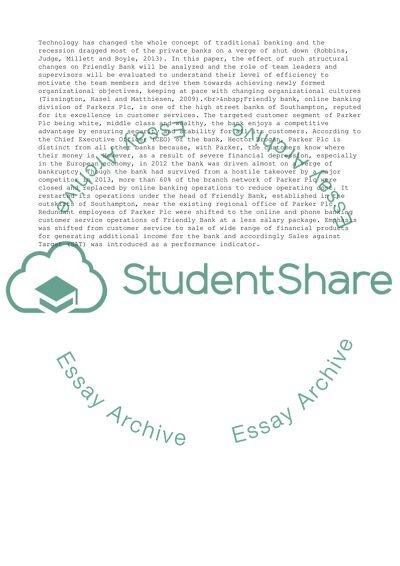Cite this document
(“Teamwork and Motivation Problem of Friendly Bank Coursework”, n.d.)
Teamwork and Motivation Problem of Friendly Bank Coursework. Retrieved from https://studentshare.org/business/1673588-friendly-bank-case-study
Teamwork and Motivation Problem of Friendly Bank Coursework. Retrieved from https://studentshare.org/business/1673588-friendly-bank-case-study
(Teamwork and Motivation Problem of Friendly Bank Coursework)
Teamwork and Motivation Problem of Friendly Bank Coursework. https://studentshare.org/business/1673588-friendly-bank-case-study.
Teamwork and Motivation Problem of Friendly Bank Coursework. https://studentshare.org/business/1673588-friendly-bank-case-study.
“Teamwork and Motivation Problem of Friendly Bank Coursework”, n.d. https://studentshare.org/business/1673588-friendly-bank-case-study.


